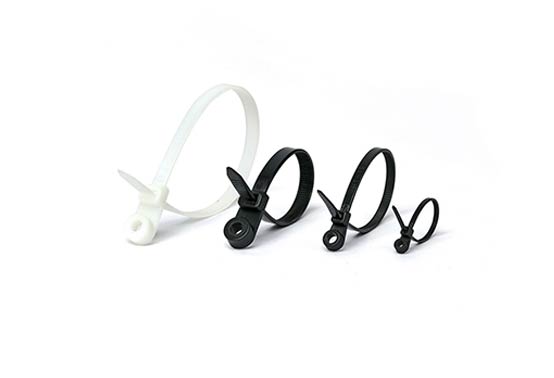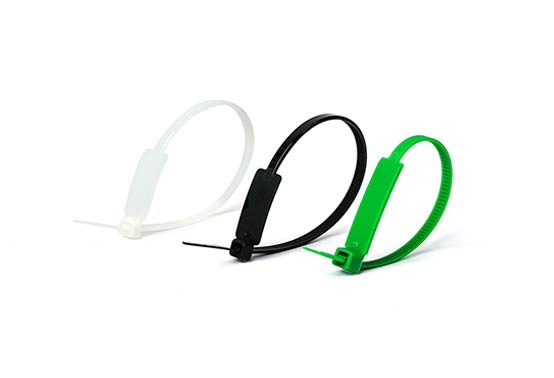Tel
0577-62795555
Tel
0577-62795555
1. Mechanical properties of nylon wire ties. nylon wire ties are a kind of engineering plastics. nylon wire ties made of nylon injection molding have excellent mechanical properties. Different specifications of nylon wire ties have different diameters and tensile strengths (tensile forces).
2. The effect of temperature on nylon wire ties. nylon wire ties maintain excellent mechanical properties and aging resistance over a wide temperature range (-40 to 85°C).
3. The effect of humidity on nylon tie straps can maintain excellent mechanical properties in a humid environment. nylon wire ties are hygroscopic, with increased humidity (water content), higher elongation and impact strength, but tensile strength. Strength and rigidity gradually decrease.
4. Electrical properties and flame retardancy. Nylon has good insulation, and its electrical rated temperature is less than 105 ℃ without affecting its performance, and its flame retardancy reaches UL94V-2 level measured by UL.
5. Chemical resistance. nylon wire ties have excellent chemical resistance, but strong acids and phenolic chemicals have a great impact on their performance.
6. The weather resistance of nylon wire ties to cold weather. In extremely cold and dry weather, nylon wire ties will be brittle and broken when used. At this time, it can be soaked in hot water for one night, and then there will be no brittleness. Therefore, cold weather cable ties has been invented and widely applied.
In addition, in the process of producing nylon wire ties, the process of water injection can be used to deal with this brittle fracture phenomenon. And in the production process, attention should also be paid to the control of temperature and speed, and do not let the raw material stay in the screw for too long and cause the material to scorch.
1. nylon wire ties are hygroscopic. Do not open the package before use. After opening the package in a humid environment, try to use it up within 12 hours, or repack the unused nylon wire ties so as not to affect the nylon wire ties during operation and use. Tensile strength and rigidity of the belt.
2. When operating, use the tightening force, which cannot exceed the tensile strength (pull force) of the nylon cable tie itself.
3. The circle diameter of the object to be bundled should be smaller than the circle diameter of the nylon cable tie, larger than or equal to the circle diameter of the nylon cable tie, which is inconvenient to operate and the binding is not tight, and the remaining length of the belt body after tightening is not less than 100MM.
4. There should be no sharp corners on the surface of the bundled object.
5. When using nylon wire ties, there are generally two methods. One is to manually tighten them by hand, and the other is to use a nylon cable tie gun to tighten and cut them. In the case of using a cable tie gun, pay attention to adjusting the strength of the cable tie gun. The specific situation depends on the size, width, and thickness of the cable tie gun to determine the strength of the cable tie gun.
Related Cable Tie Articles



